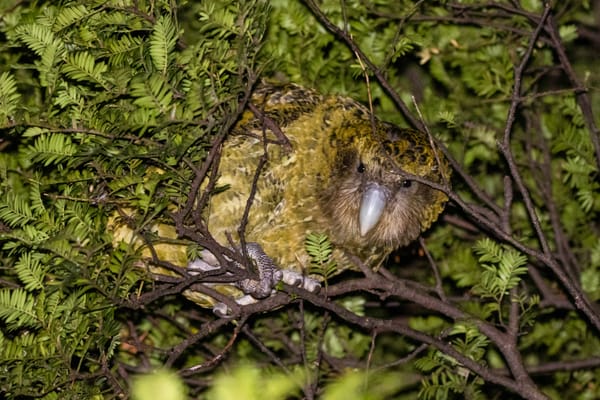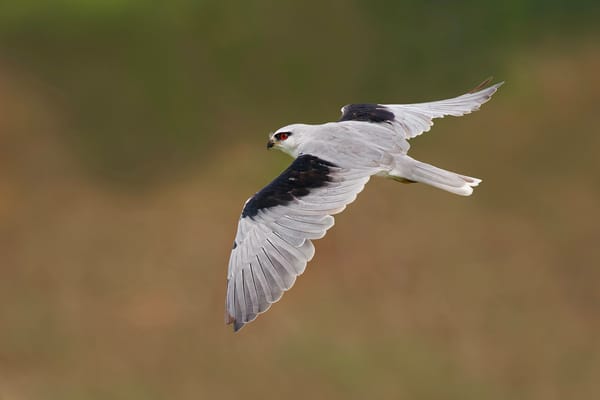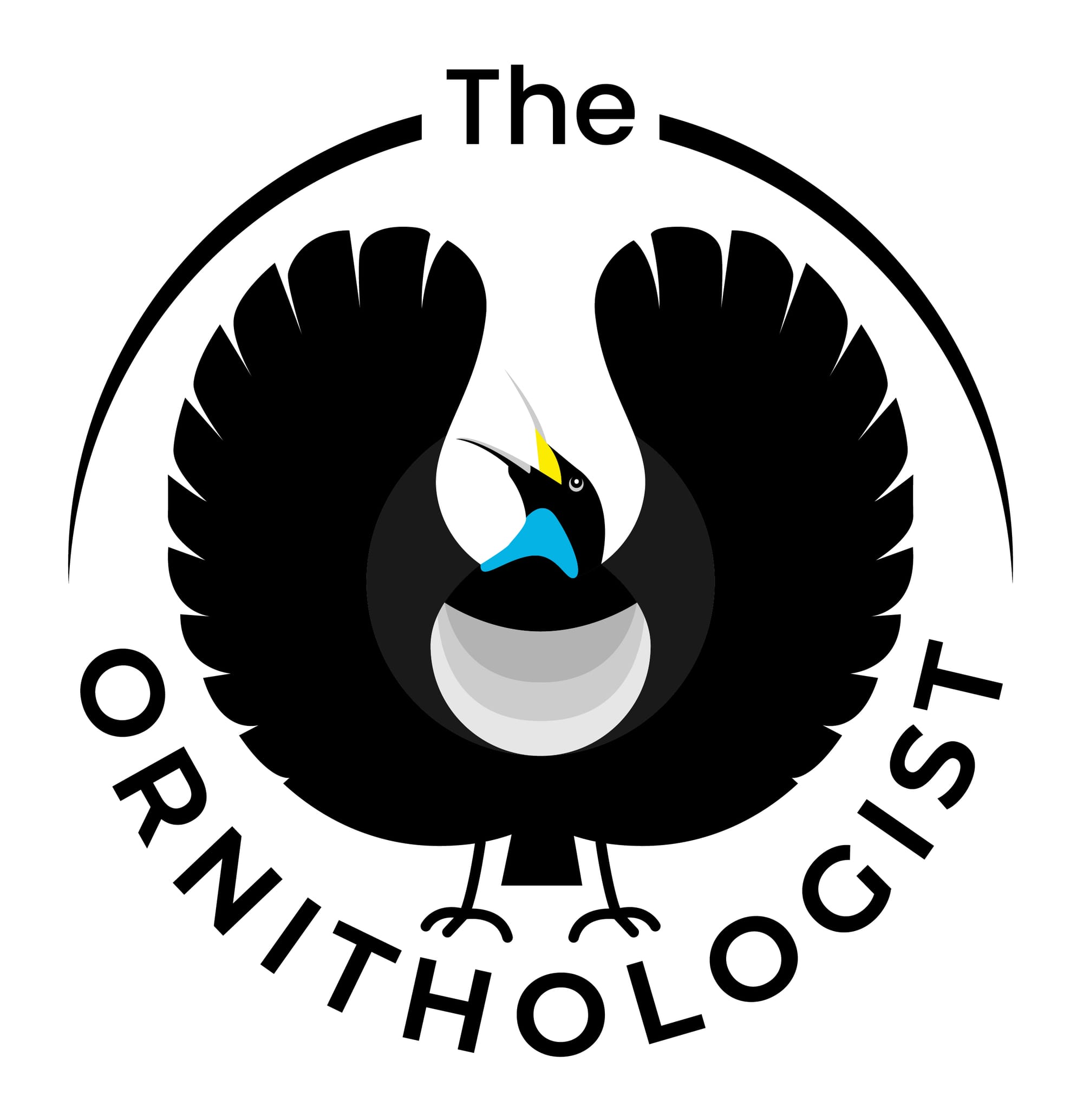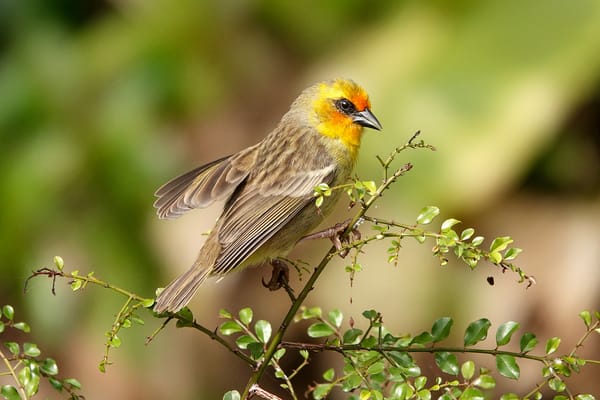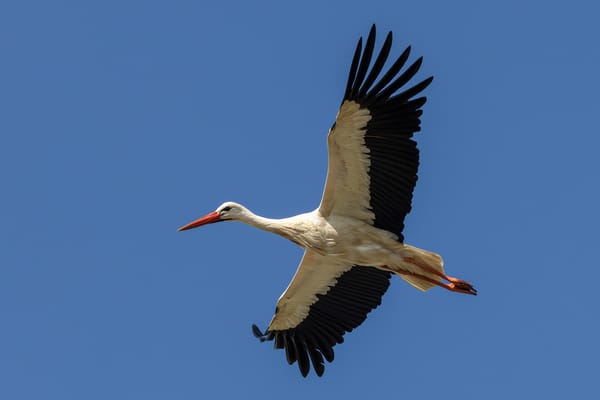Solstice, the final female kākāpō originally from Stewart Island, passed away in Dunedin after several months of treatment for cloacitis – a recurring disease that has claimed several individuals in recent years. Her death has resonated deeply among conservationists who have followed her story for nearly three decades.
First discovered in 1997, Solstice was found against all odds – years after her species had been declared locally extinct on Stewart Island. At that time, the last known kākāpō had been translocated to predator-free offshore sanctuaries to secure the species’ survival. Yet Solstice’s rediscovery proved that not all had been lost.
Rediscovered against all odds
In the early 1990s, biologists believed the Stewart Island kākāpō population had vanished. A 1993 survey hinted that a few individuals might still roam the remote Tin Range. When new funding finally arrived in 1997, a search team, aided by dogs, scoured the rugged terrain. What they found exceeded expectations – a lone female, later named Solstice, who had survived unaided for years in the wild.
Her discovery was hailed as one of the most poignant moments in the species’ recovery programme – proof of the extraordinary endurance of a bird that had once numbered fewer than 50 individuals.
A matriarch of the modern kākāpō
Solstice went on to contribute vital genetic material to the recovering population. She produced chicks, grand-chicks, and even great-grand-chicks, helping to diversify the gene pool of one of the world’s rarest parrots. She was also among the first females to undergo artificial insemination – a landmark in the management of the species’ breeding programme.

Today, just 24 of the original founder birds remain alive. The population as a whole has climbed to 237 individuals, thanks to intensive management by the Kākāpō Recovery Programme, but Solstice’s passing serves as a reminder of how fragile this success remains.
A shared legacy
“Solstice’s story has always reminded us of what we nearly lost – and what dedicated people can bring back,” said Dr Andrew Digby, science advisor to the Kākāpō Recovery Programme, who shared news of her passing.
Her loss, though expected after months of care, has brought reflection across New Zealand’s conservation community. For many, Solstice represented both a living link to the Stewart Island lineage and a symbol of the species’ will to endure despite isolation and disease.
Looking forward
As the kākāpō continues its recovery, genetic management and disease prevention remain critical. Cloacitis, which contributed to Solstice’s decline, is still a recurring concern, requiring constant veterinary oversight. Researchers continue to refine husbandry and breeding protocols to reduce such risks.
The hope is that Solstice’s descendants – now integrated into the broader population – will carry forward her legacy and preserve a trace of the Stewart Island heritage she embodied.
References
Department of Conservation (2024). Kākāpō Recovery Programme Annual Report.
